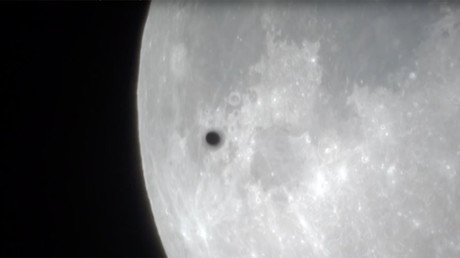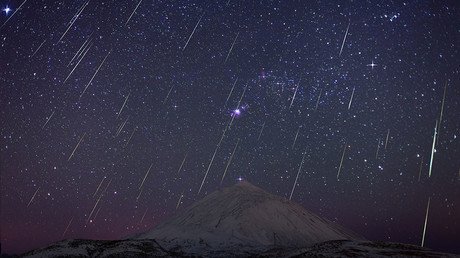‘Wolf Moon’ opens 2018 – but are supermoons really so super? (PHOTOS)
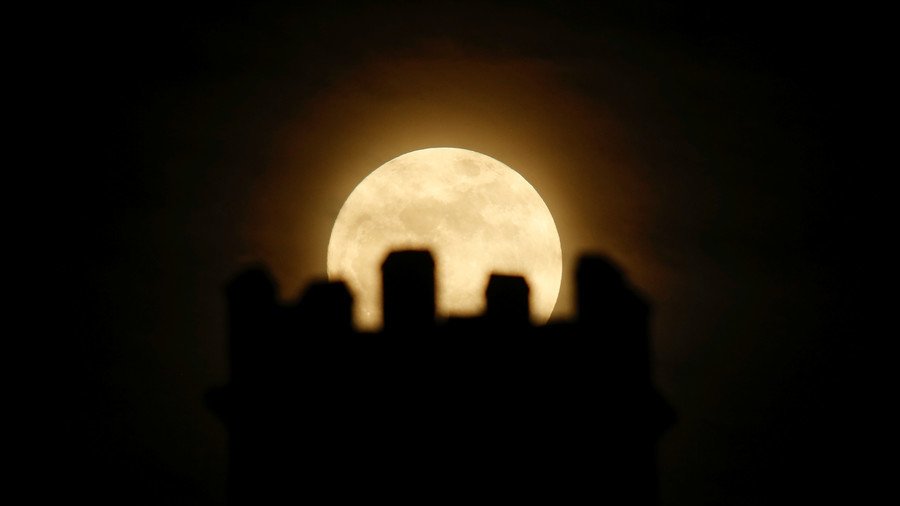
At 5pm EST (22:00 GMT) the first moon of 2018 reached its perigee, the closest point in its orbit around the Earth at a distance of roughly 221,559 miles (356,565km). It’s called a supermoon – but how super is it?
This moment coincided with the full moon in the lunar cycle, making it the largest full moon we will witness in 2018, appearing roughly 7 percent larger than normal, though the casual observer might not even notice on first glance.
Tonight’s supermoon will appear 14% bigger and 30% brighter than the July 27 full Moon, occurring at the farthest point in the Moon's orbit. Use the interactive Dial-A-Moon to see the difference in apparent size. https://t.co/s6Egk9vvTjpic.twitter.com/0a8R71FsCq
— NASA Moon (@NASAMoon) January 1, 2018
In addition, the so-called 'full supermoon' appeared 30 percent brighter than an average full moon, according to NASA. Once again, the difference in brightness is almost imperceptible to the naked eye.
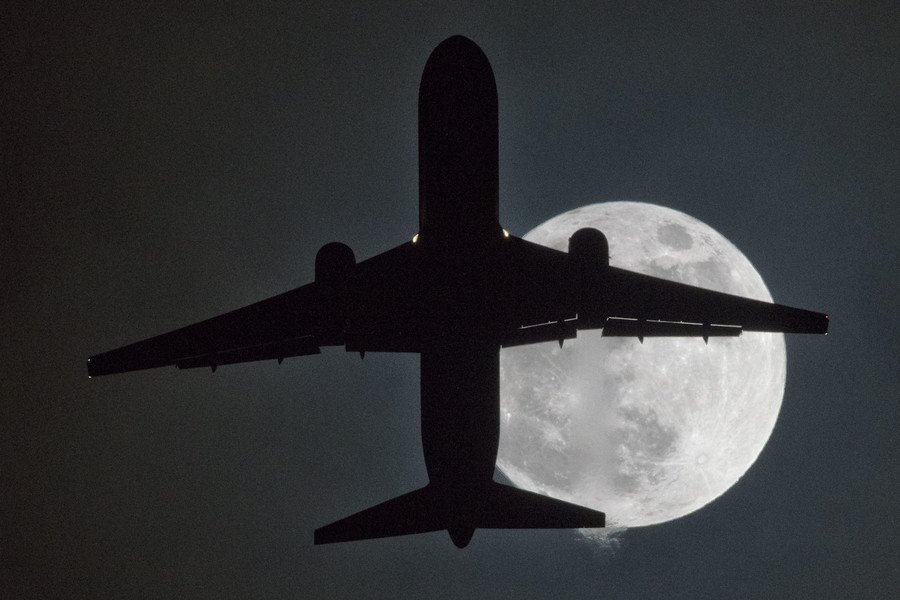
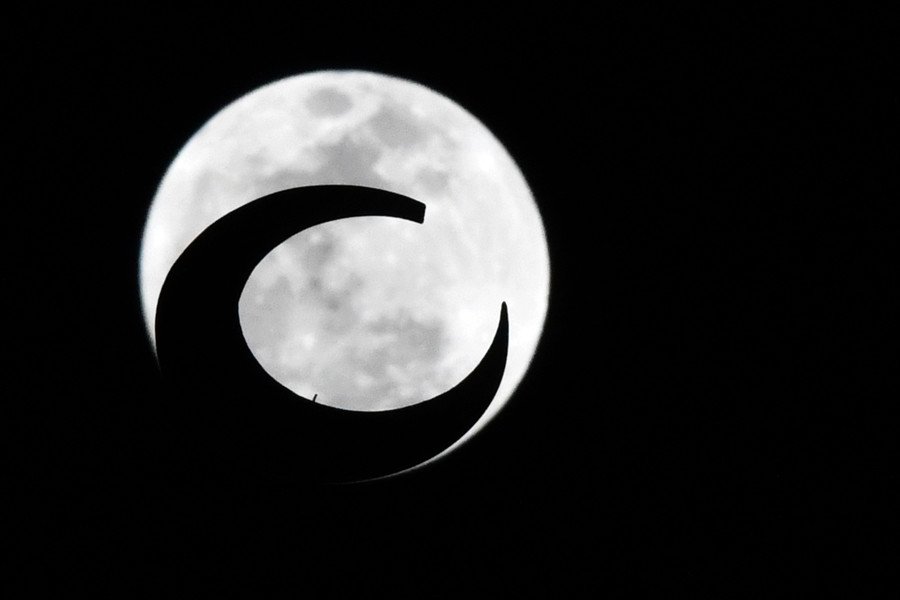
Supermoons may just be another case of confirmation bias as the majority of people wouldn't notice the change if they hadn't already been told it was both bigger and brighter. There’s somewhat morbid evidence to the contrary, however: a study of fatal motorcycle crashes published in the British Medical Journal found a 5 percent increase on nights with supermoons, meaning the brighter moons cause more distraction than regular ones.
Because the Moon’s orbit is elliptical, sometimes it's closer to Earth and sometimes it is farther. When a full Moon and the point closest to the Earth line up, we get a supermoon. pic.twitter.com/ZgmzWiOioR
— NASA Moon (@NASAMoon) January 1, 2018
Furthermore, there was a supermoon on December 3 and there will be yet another one on January 31 to complete the ‘Supermoon Trilogy’ - much to the delight of photographers looking for creative opportunities.
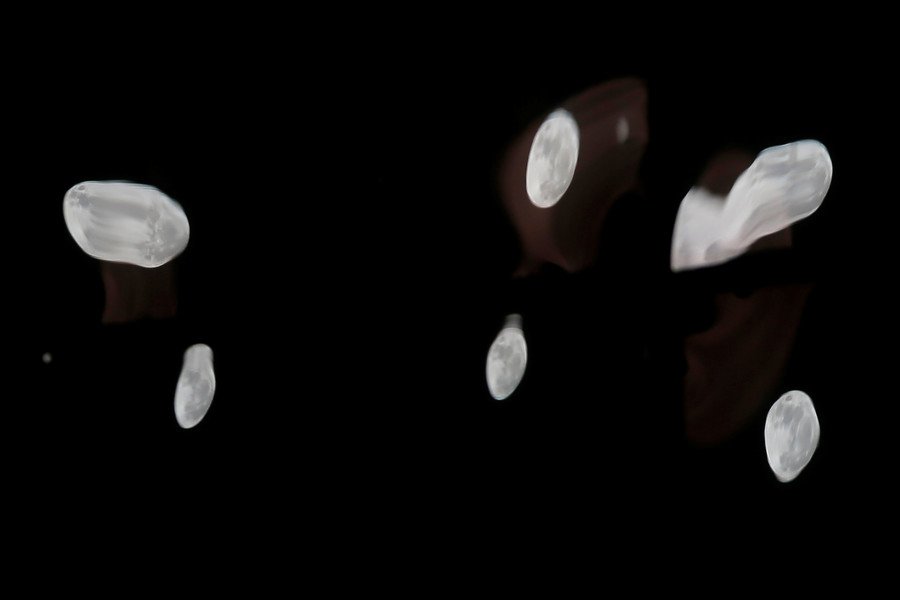
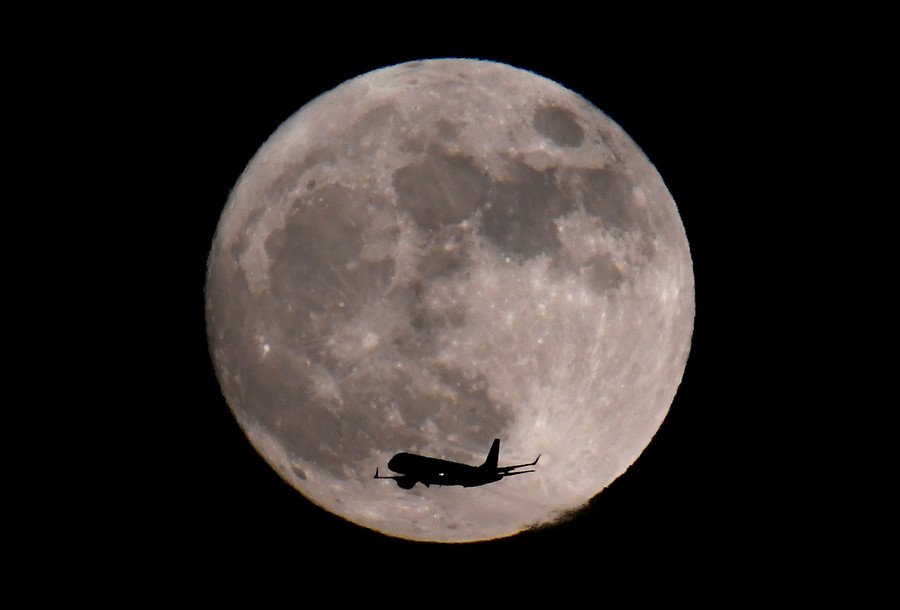
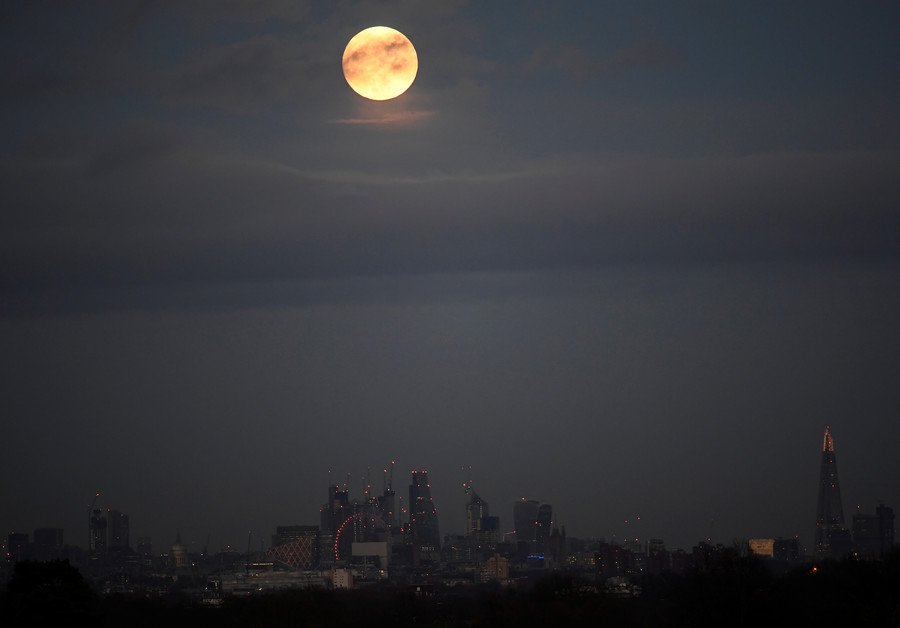
Though for astrophysicists, a supermoon can sound underwhelmingly mundane.
FYI: The very concept of a Super Moon is an embarrassment to everything else we call super: Supernova, Supercollider, Superman, Super Mario Bros.
— Neil deGrasse Tyson (@neiltyson) December 3, 2017
If you still want to see the Wolf Moon, and are unable to head outside (or just wary of taking your motorcycle), you can always watch a livestream online.













